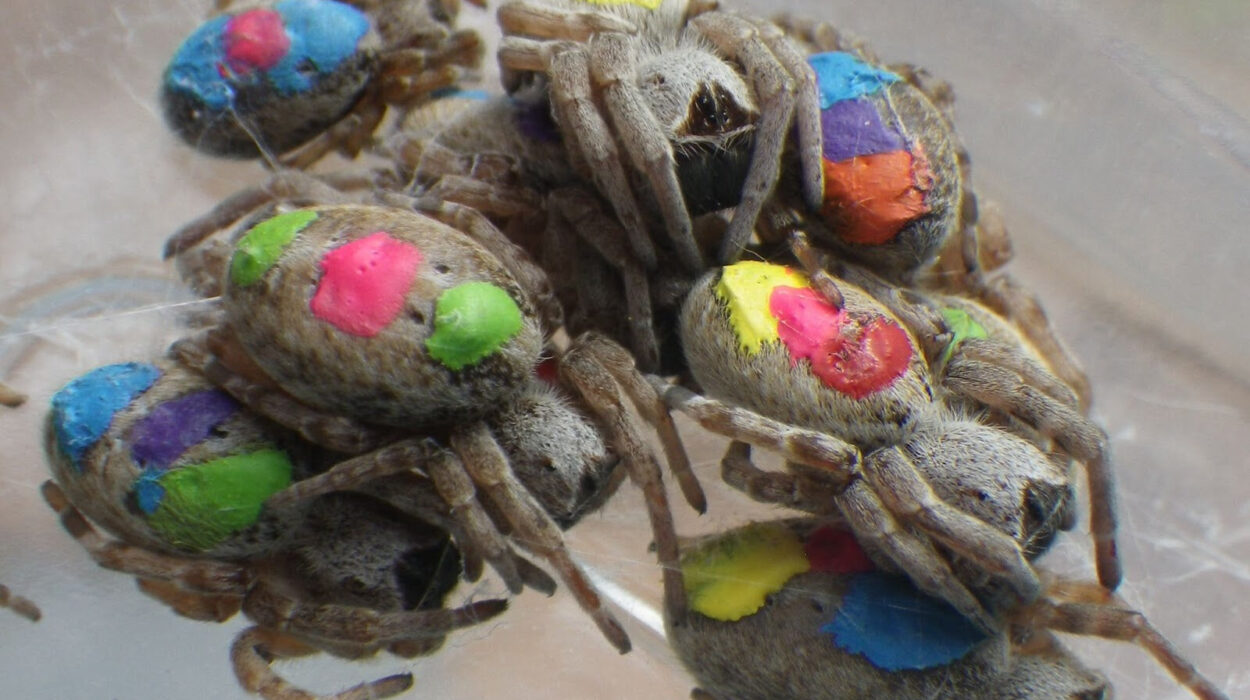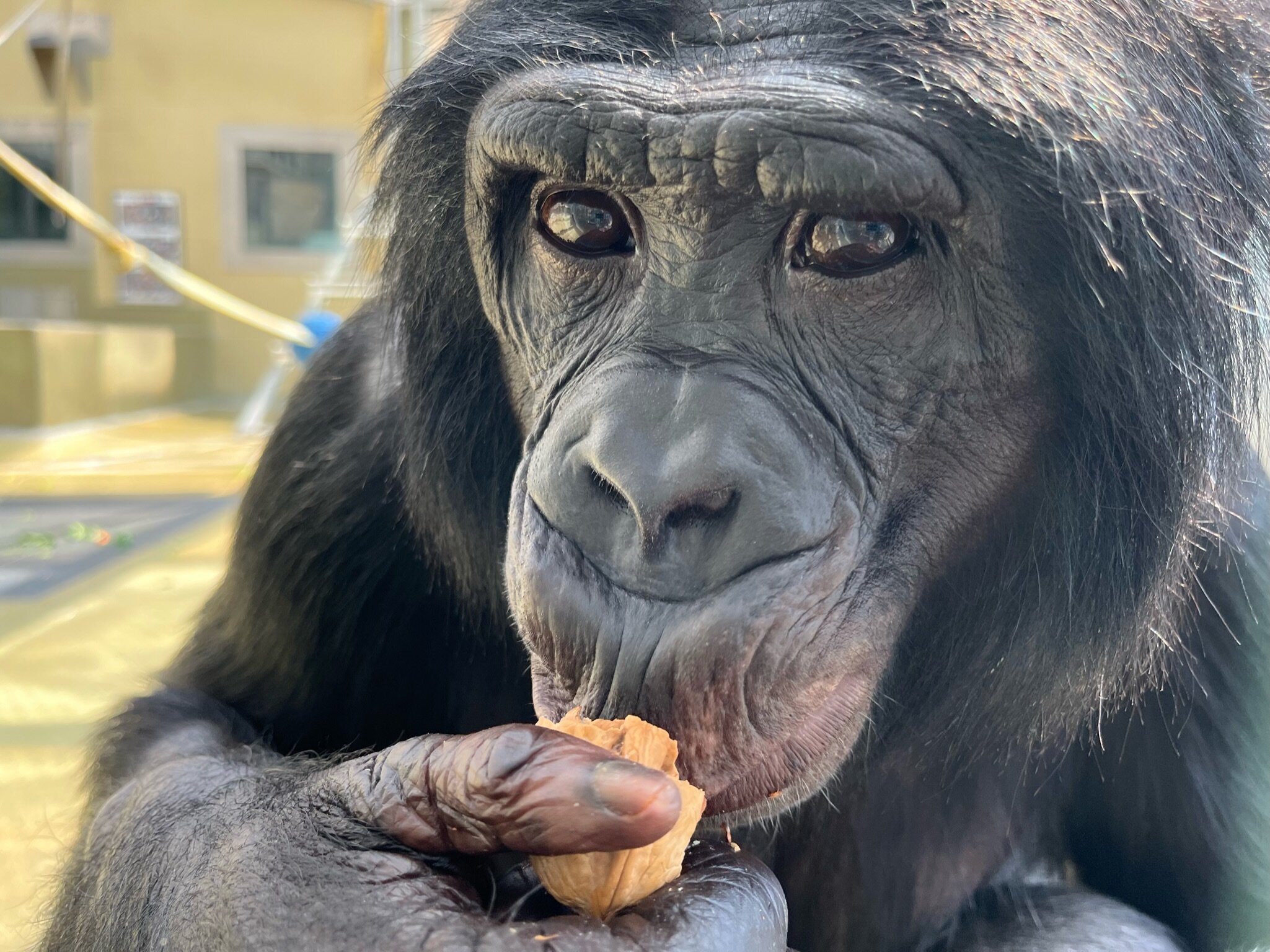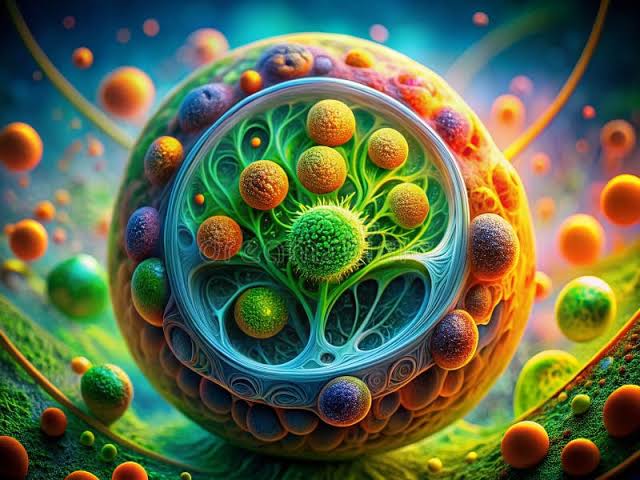Few sights are more captivating than a bird in flight—a flash of emerald wings, a burst of crimson feathers, or the shimmering sapphire of a kingfisher slicing through the air. Birds are living canvases of color, and their plumage has fascinated humans for millennia. From courtship displays to camouflage, these vibrant hues play critical roles in survival and reproduction. Yet beneath their beauty lies an often-overlooked question: what does color cost?
Scientists have long understood that pigments such as melanin are responsible for much of the diversity in bird coloration. But until recently, one key aspect remained a mystery—how much do these pigments weigh, and what trade-offs do they impose on the delicate balance of flight? A new study published in Biology Letters has shed light on this hidden dimension of avian beauty, uncovering a surprising link between color, weight, and evolution.
Weighing the Colors of Feathers
In their study, researchers from Spain set out to quantify something that had never been measured before: the actual mass of melanin pigments in bird feathers. They examined 109 specimens from 19 species, ranging from the dazzling common kingfisher (Alcedo atthis) to the majestic golden eagle (Aquila chrysaetos) and the bright Eurasian bullfinch (Pyrrhula pyrrhula).
The process was meticulous. Using sodium hydroxide, more commonly known as caustic soda, the scientists extracted pigments from both single-colored and multi-colored feathers. By weighing the extracted melanin and comparing it with the total feather weight, they could calculate the pigment’s contribution.
The results were striking: melanin accounted for about 22% of a feather’s total weight, with the heaviest pigmentation reaching roughly 25%. In other words, nearly a quarter of a feather’s mass can come from pigment alone. This finding reframes our understanding of bird coloration—not just as a visual trait, but as a physical burden.
The Heavy and the Light: Two Faces of Melanin
Not all pigments are equal. The researchers compared the two primary forms of melanin—eumelanin, which produces deep browns and blacks, and pheomelanin, responsible for reds, yellows, and lighter hues.
The analysis revealed a clear difference: eumelanin is significantly heavier than pheomelanin. This means that darker feathers come with a greater weight penalty than lighter-colored ones. For birds, whose survival depends on the efficiency of flight, this difference could influence everything from daily energy use to long-term evolutionary strategies.
Imagine a bird migrating thousands of kilometers each year. Even slight increases in feather weight could compound into significant energy costs. Conversely, lighter pigments may allow birds to conserve energy, endure long journeys, or grow additional feathers for insulation without becoming too heavy to fly.
Evolutionary Trade-Offs in Color
The study’s findings suggest that feather color is more than an aesthetic flourish—it is part of an evolutionary balancing act. On one side of the scale lies the advantage of bold pigmentation: attracting mates, intimidating rivals, or camouflaging against predators. On the other lies the metabolic cost of carrying extra pigment weight.
This tension may help explain the dazzling diversity of avian color. Birds are constantly negotiating between being beautiful and being efficient. A male bird with striking black plumage may win more mates, but he must also burn more energy to stay airborne. Conversely, a bird with lighter plumage may sacrifice some visual appeal but gain endurance and agility.
Color Beyond Camouflage
The implications of this study stretch beyond the familiar story of sexual selection. The researchers suggest that pigmentation weight could also influence how birds adapt to their environments. Take the snowy owl, for instance. Its pure white feathers are often seen as camouflage in Arctic landscapes. But now, a second layer of meaning emerges: those pigment-free feathers are also lighter, allowing the owl to grow thicker, warmer plumage without becoming too heavy to fly.
Similarly, migratory birds may have evolved lighter feathers not only for aerodynamic efficiency but also for energy conservation during their long journeys. A bird traveling from Europe to Africa might owe its survival not just to its navigational skills or stamina, but also to the molecular weight of the pigments in its feathers.
The Beauty of Burden
This discovery adds a new dimension to the way we think about birds. Plumage is no longer just an expression of beauty, but a record of trade-offs written in weight and chemistry. A peacock’s dazzling tail, a crow’s glossy black feathers, or a bullfinch’s fiery chest all carry hidden costs—costs that have been negotiated over millions of years of evolution.
It also deepens our appreciation for the elegance of nature’s designs. Flight demands the perfect balance of power, weight, and structure. Every gram matters, every feather counts. The fact that color itself imposes a physical burden reminds us that evolution never gives anything away for free. Beauty always comes at a price.
Looking Ahead: New Questions in Avian Science
The Spanish researchers have opened the door to a new field of inquiry. If pigment weight shapes bird evolution, could it also influence behavior, habitat choice, or even vulnerability to climate change? Might heavier pigmentation restrict how thickly a bird can feather itself in colder regions, or how efficiently it can fly in thinner air at higher altitudes?
Future studies may also explore how pigment weight interacts with other feather components, such as structural colors—the blues and greens produced not by pigments but by microscopic feather structures. Do these colors, which weigh less, offer birds an evolutionary “shortcut” to vibrant plumage without the burden of heavy pigments?
A World Painted in Trade-Offs
In the end, this study reveals that the colors of birds are not just decorative. They are the visible outcome of evolutionary negotiations between survival and display, weight and beauty, efficiency and allure. Birds remind us that nature is an artist, but also an engineer—balancing every stroke of color against the laws of physics and the demands of survival.
So, the next time you see a flash of scarlet, indigo, or jet black in the sky, consider the unseen cost of that beauty. Each feather is a compromise, each hue a story of adaptation. Birds are not just painted by evolution; they are sculpted by the weight of their colors.
More information: Ismael Galván et al, Pigment contribution to feather mass depends on melanin form and is restricted to approximately 25%, Biology Letters (2025). DOI: 10.1098/rsbl.2025.0299






